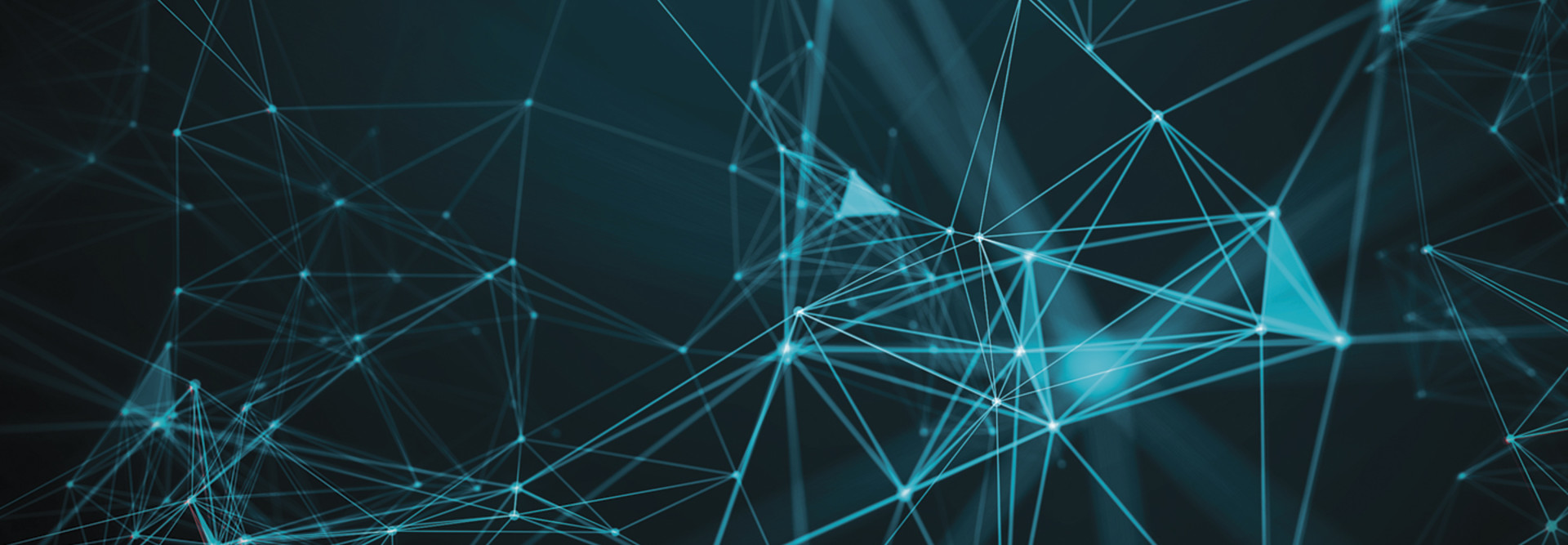How Edge Computing and 5G Work Together
Edge computing allows agencies to take the power of the cloud all the way to the network edge, especially to areas they haven’t previously accessed. Agencies can perform data analytics and processing and gain insights at the edge before routing that data back to centralized data centers for further analysis.
The platform, dubbed Telco Edge Cloud, will be open and inclusive and offer “carrier-grade reliability, security and trustworthiness,” according to the GSMA. It “will make local operator assets and capabilities, such as latency, compute and storage available to application developers and software vendors enabling them to fulfil the needs of enterprise clients.”
What do these developments have in common? They speak to the shift that is occurring, especially in the public safety realm, to multi-access edge computing. The shifting compute functions from a centralized location to the edge of the network, which is closer to the end user. That promises to deliver significantly lower latency, an increase in reliability, energy efficiency, peak data rates and the ability to process more data through more connected devices.
As data services and analytics move closer to where users actually are — out to the network edge — having a 5G network in place will deliver those services faster with less network delay.
MORE FROM STATETECH: Discover how edge computing can benefit smart cities.
Why It’s Worth Staying on Top of Edge Computing Developments
Gartner predicted that by 2025, 75 percent of enterprise data will be processed at the edge. Edge computing allows agencies to deploy smarter sensors and compute capacity closer to the data they are creating and analyzing. The result is better insights as the data flows through their networks and ultimately back to a data center or enterprise cloud.
There are a variety of edge computing solutions agencies can use, including solutions from vendors such as Dell EMC, Microsoft and Nutanix.
In early March, Microsoft and Cisco announced the “seamless integration” of the their Internet of Things and cloud products, enabling more edge computing scenarios. Microsoft said its Azure IoT unit is partnering with Cisco to provide customers a pre-integrated Cisco Edge to Microsoft Azure IoT Hub solution.
According to a company blog post from Tony Shakib, an IoT business acceleration leader for Microsoft Azure, Cisco’s Edge Intelligence software, announced in January, will connect with Microsoft’s Azure IoT Hub service as well as the Azure IoT Hub Device Provisioning Service. The Edge Intelligence software is used to extract and transform data for use with various cloud-based services. Meanwhile, the Azure IoT Hub service, released four years ago, is used for bidirectional messaging between IoT applications and devices.
All of this may seem abstract and high level, but it isn’t. IT leaders should be keeping track of developments in edge computing solutions and how they can be used to help their agencies improve services and make networks more dynamic.
As agencies deploy more IoT devices to collect data from the environment and infrastructure, edge computing will become more important. Citizens are also demanding more data, faster. These developments will all be evolving as 5G wireless coverage expands.
Edge computing is one of those developments that is relatively new and not as connected to the nuts and bolts of IT — software patches, hardware upgrades and the like. However, it is something IT leaders should not discount as a way to provide innovative new services.
This article is part of StateTech's CITizen blog series. Please join the discussion on Twitter by using the #StateLocalIT hashtag.












